

| Ten common Nottinghamshire moths by month |
| February |
| February is another good month for
anyone new to moth trapping, although results from
suburban gardens may often prove to be disappointing. If
it is possible, make the effort to run a trap in woodland
or on a local nature reserve. Mild nights, where the temperature rises above 10°C, are often very productive in terms of numbers and compensates the fact that there are fewer species on the wing. This does mean that moth identification is again slightly easier. Below are the ten species most likely to be seen in Nottinghamshire during the month. |
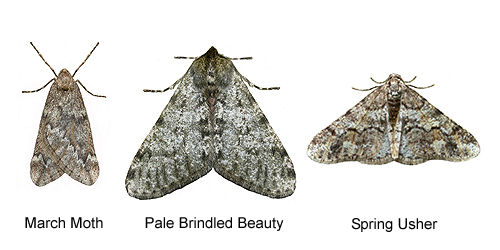 |
|
| 17.011 .... B&F 0461 .... Ypsolopha ustella (Clerck, 1759) |
||
| Status .....Seems to be an uncommon moth and most Nottinghamshire records are from Sherwood Forest. Likely to be more widespread than records currently suggest. | ||
| .... | ||
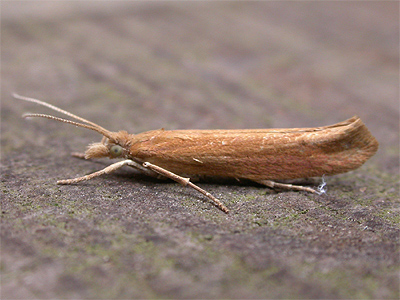 |
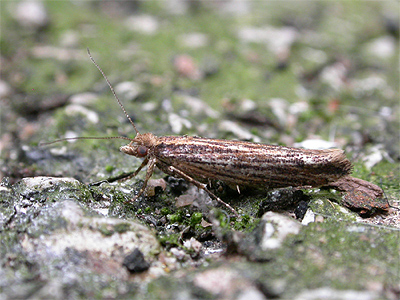 |
|
| 49.044 .... B&F 1025 .... Tortricodes alternella ([Denis & Schiffermüller],
1775) |
||
| Status .....Is probably found at many woodland sites, but flies very early in the year and so many be missed by many moth trappers. At Sherwood Forest and Lound Wood at Eakring, this moth can be abundant at MV light on mild February evenings. | ||
| ...... | ||
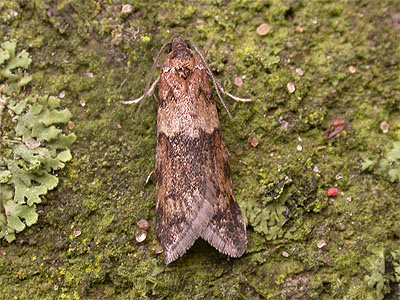 |
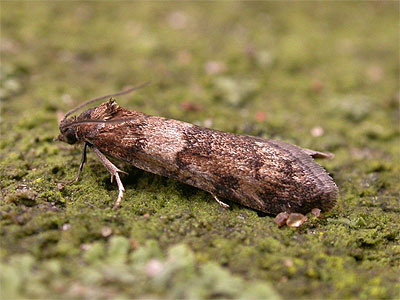 |
|
| 70.245 .... B&F 1663 .... March Moth Alsophila aescularia ([Denis
& Schiffermüller], 1775) |
||
| Status .....Flies early in the year and is certainly common at both Eakring and Sherwood Forest, but is certainly more widespread and found at most woodland sites. Will occur in suburban areas. | ||
| ...... | ||
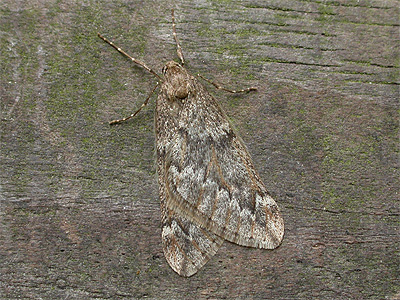 |
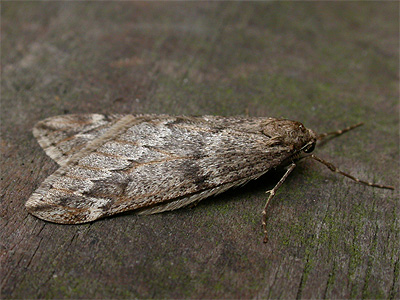 |
|
| 70.247 .... B&F 1926 .... Pale Brindled Beauty Apocheima pilosaria ([Denis
& Schiffermüller], 1775) |
||
| Status .....Probably quite widespread, but maybe under recorded due to the early flight period. Most records we have available to us are from the north of Nottinghamshire. | ||
| ... | ||
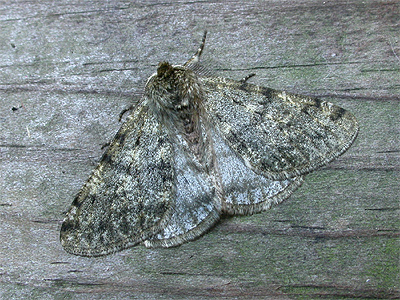 |
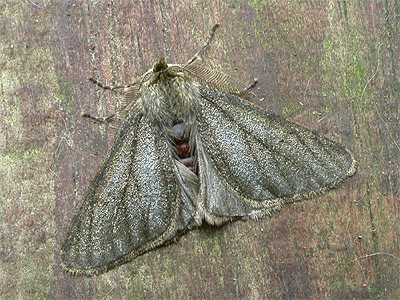 |
|
| 70.253 .... B&F 1932 .... Spring Usher Agriopis leucophaearia ([Denis & Schiffermüller], 1775) |
||
| Status .....Common at Sherwood Forest NNR, where it can appear at MV light in good numbers. Spring Usher seems surprisingly scarce in Nottinghamshire, but this may be due to flying in January and February of most years. The female is wingless. | ||
| .... | ||
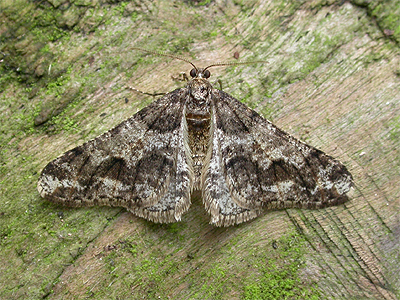 |
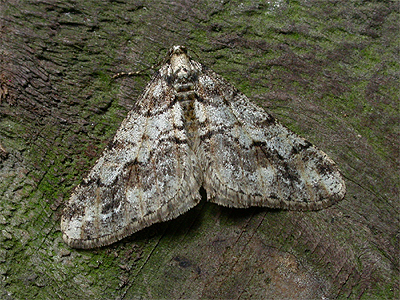 |
|
| 70.255 .... B&F 1934 .... Dotted Border Agriopis marginaria (Fabricius, 1777) |
||
| Status .....Fairly widespread, but in generally low numbers and in our experience, is not found commonly anywhere. The female is wingless. Can occur in suburban areas. | ||
| ... | ||
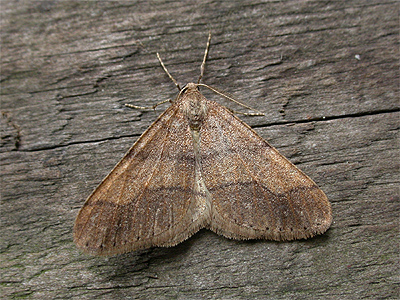 |
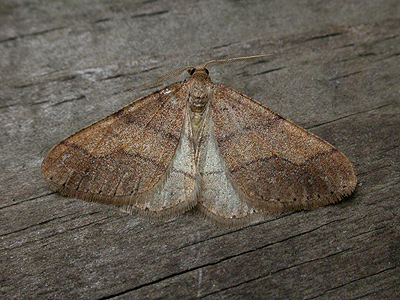 |
|
| 70.282 .... B&F 1960 .... Early Moth Theria primaria (Haworth, 1809) |
||
| Status .....Generally common, but with very few people running moth traps during this moth's flight period, it is difficult to get a clear picture of its distribution. This moth is probably the species most frequently seen in car headlights, flying along roads during the early months of the year. At Eakring between 2003 and 2006 it was common, and it was clear that there were concentrations of adults along the roadsides. | ||
| ... | ||
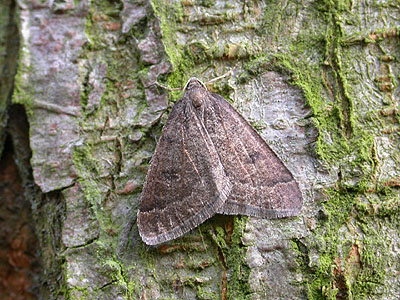 |
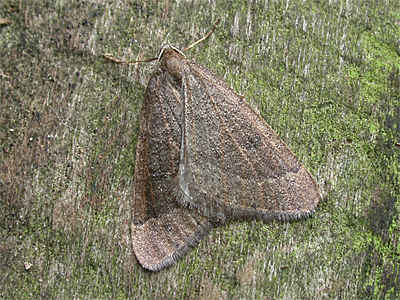 |
|
| 73.194 .... B&F 2258 .... Chestnut Conistra vaccinii (Linnaeus, 1761) |
||
| Status .....Common at all sites where it occurs, with a similar Nottinghamshire range to Dark Chestnut. Very common at sites within the Sherwood Forest NNR, but likely to be found in most Nottinghamshire woodlands. | ||
| .... | ||
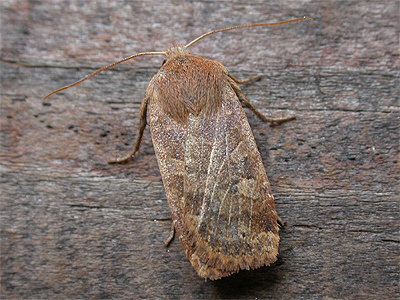 |
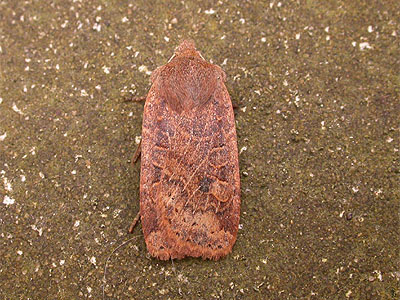 |
|
| 73.244 .... B&F 2187 .... Common Quaker Orthosia cerasi (Fabricius, 1775) |
||
| Status .....Very common and probably found in all parts of Nottinghamshire, including urban areas. This is certainly a common moth at Sherwood Forest, where large numbers are attracted to MV light. | ||
| ...... | ||
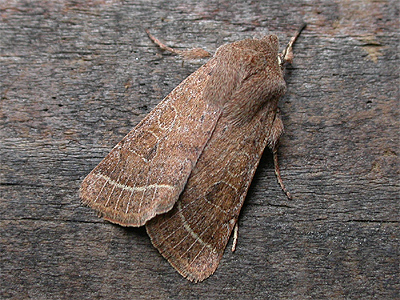 |
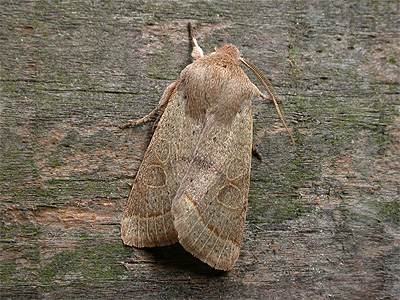 |
|
| 73.245 .... B&F 2182 .... Small Quaker Orthosia cruda ([Denis & Schiffermüller], 1775) |
||
| Status .....Very common at light and with an expected range, similar to that of Common Quaker. Small Quaker is noticably the smaller of the two. | ||
| ..... | ||
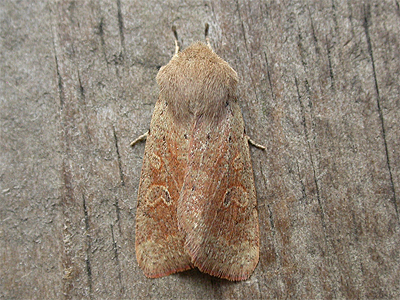 |
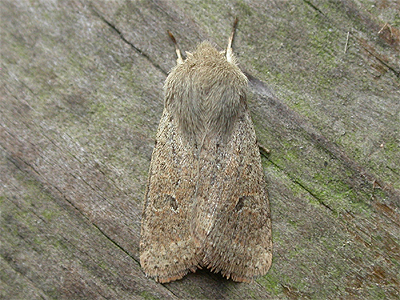 |
|
| Can't find your moth? Some other moths often recorded at MV light during February |
| .... |
| Its largely impossible to restrict the most likely moths which could be recorded during February to ten species. The following moths are also likely to occur during the month, although some may be more habitat specific and less likely to be recorded from suburban gardens. |
| .... |
| Common moths often recorded during the day |
| ..... |
| The following moths are often encountered during daylight hours during February, either resting on fences, tree trunks etc. |
| ..... |